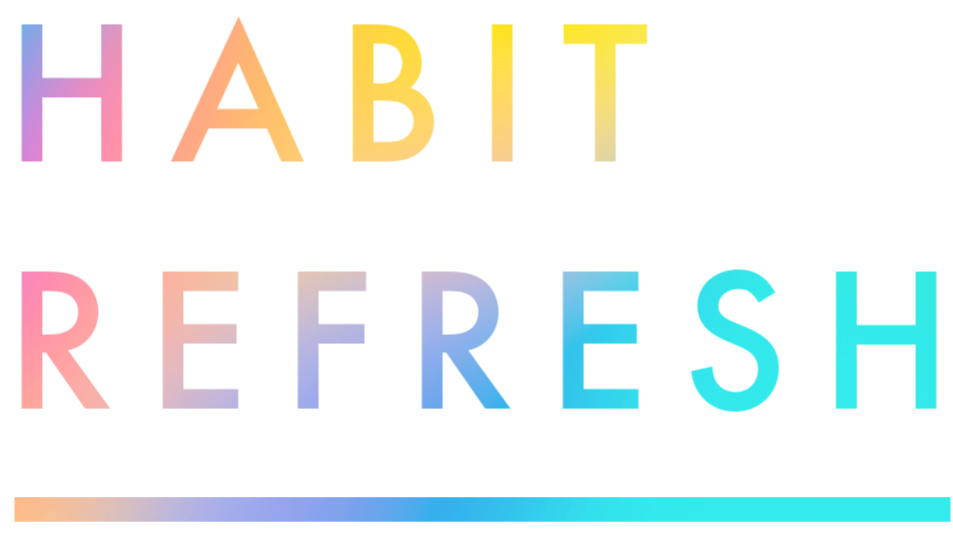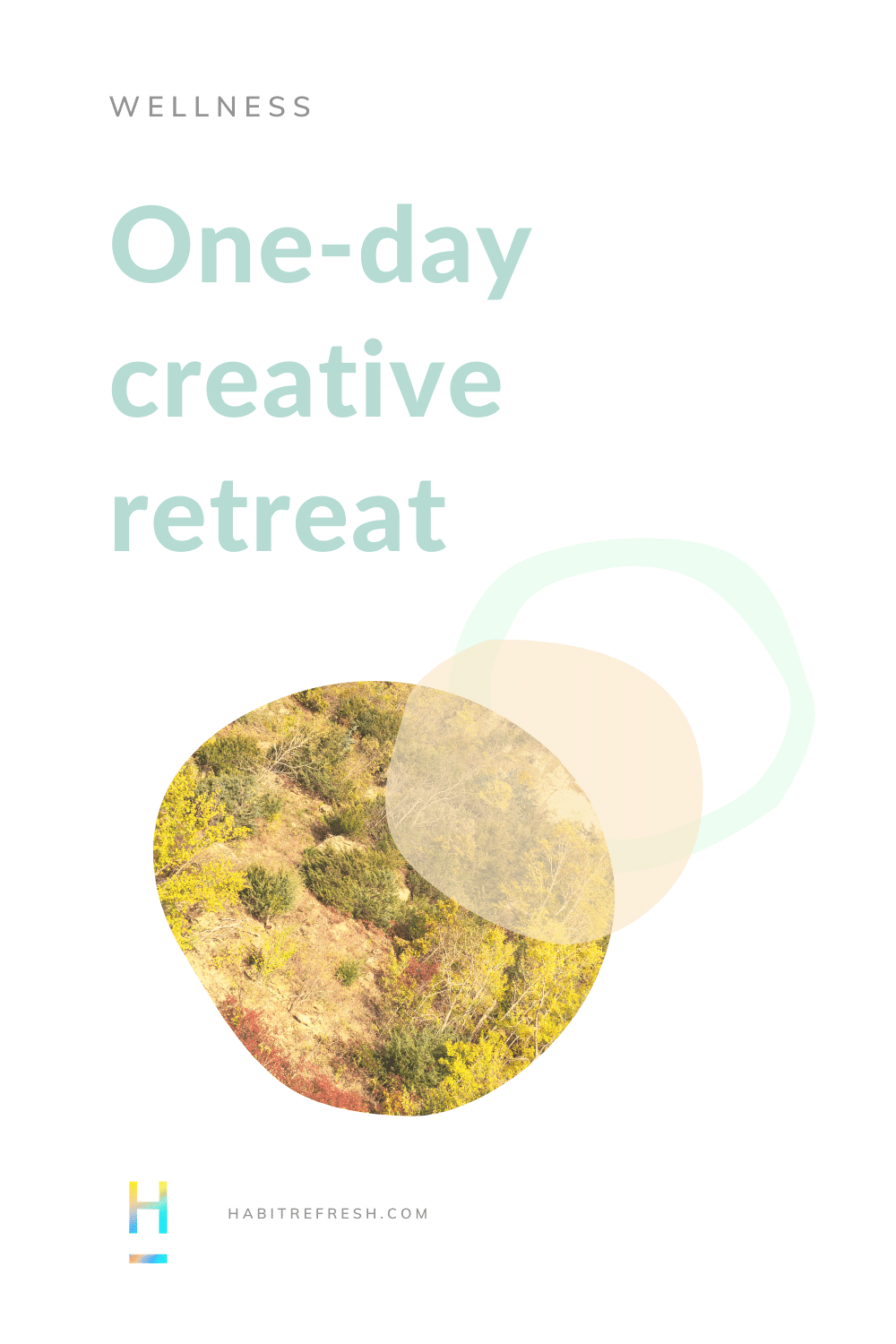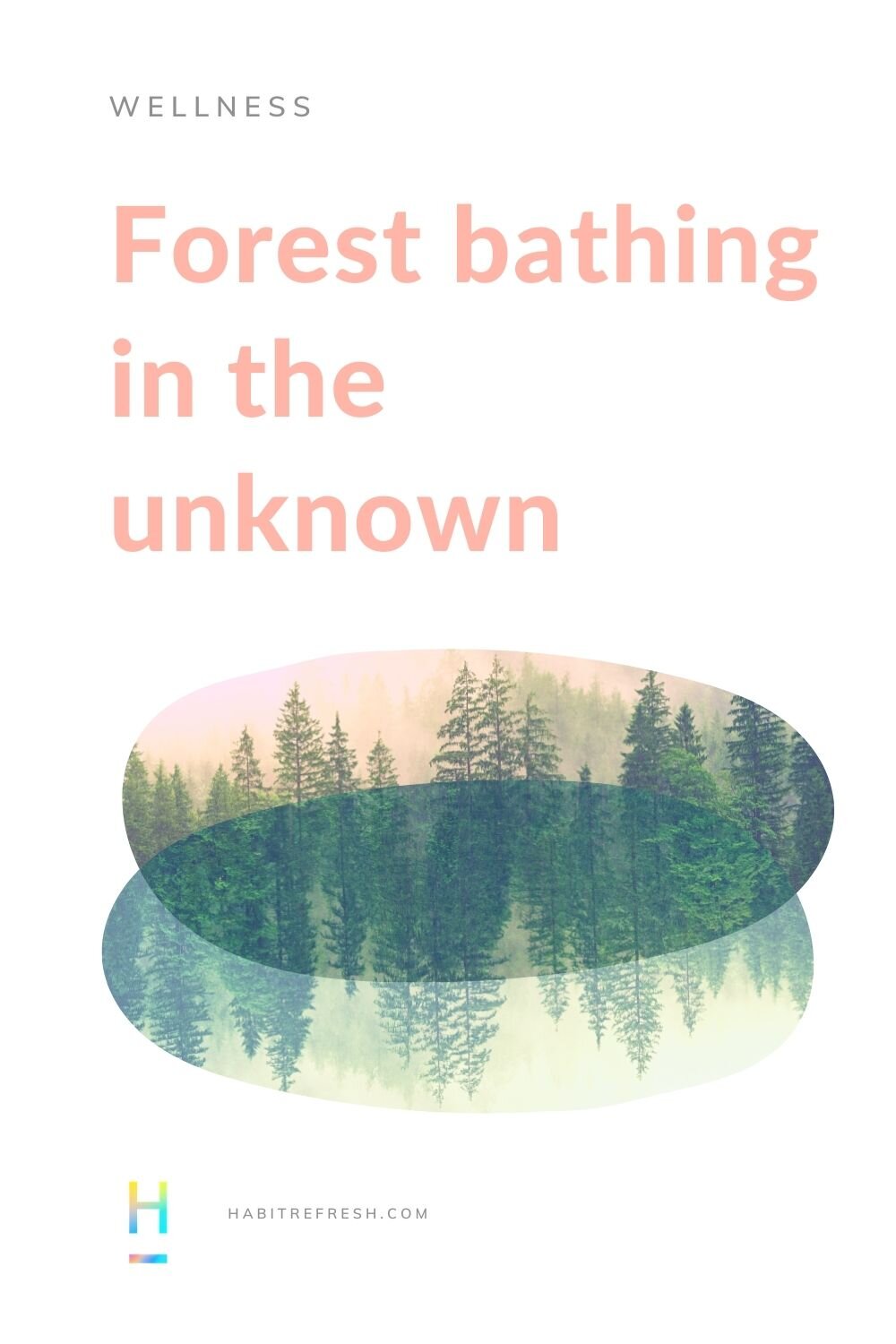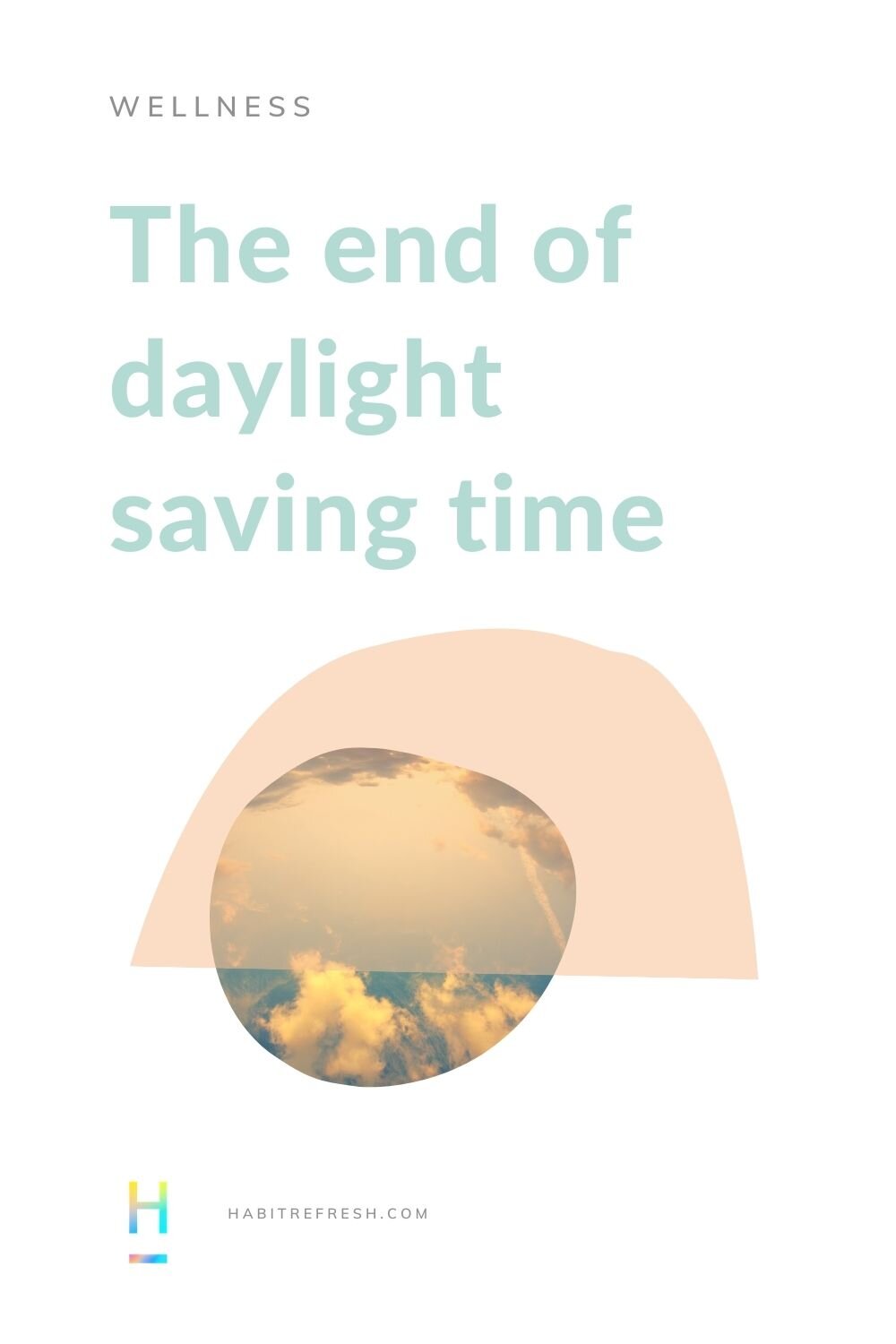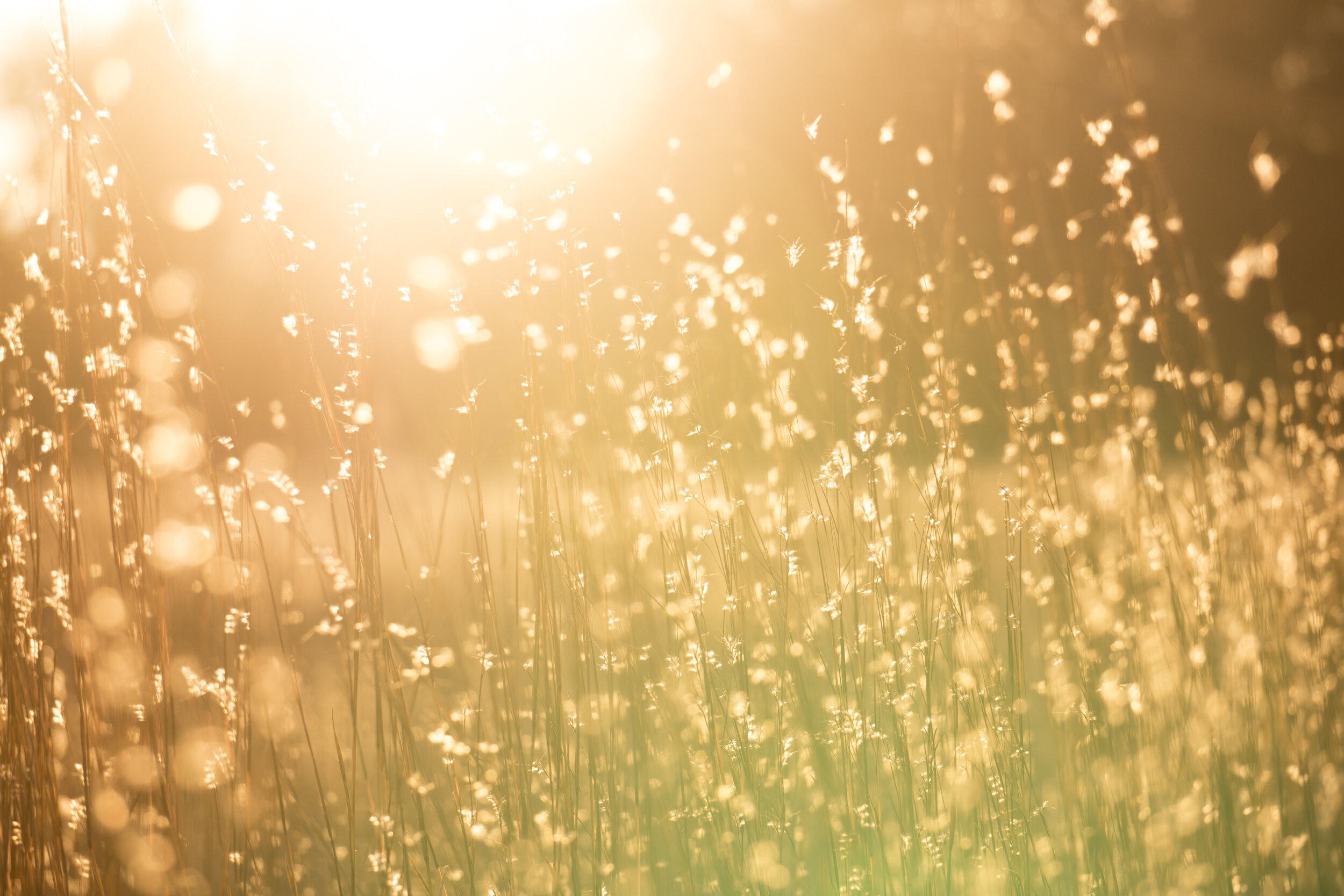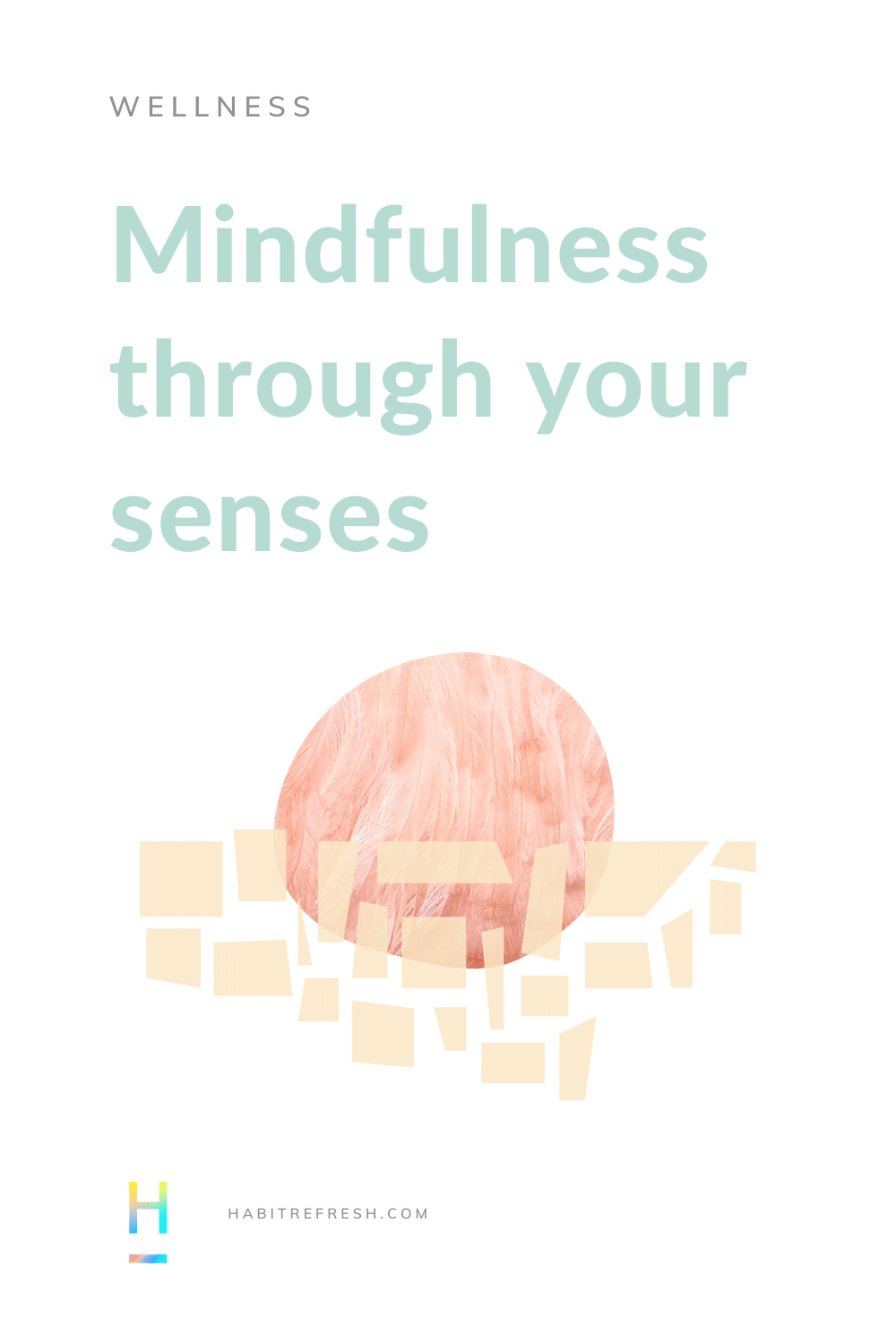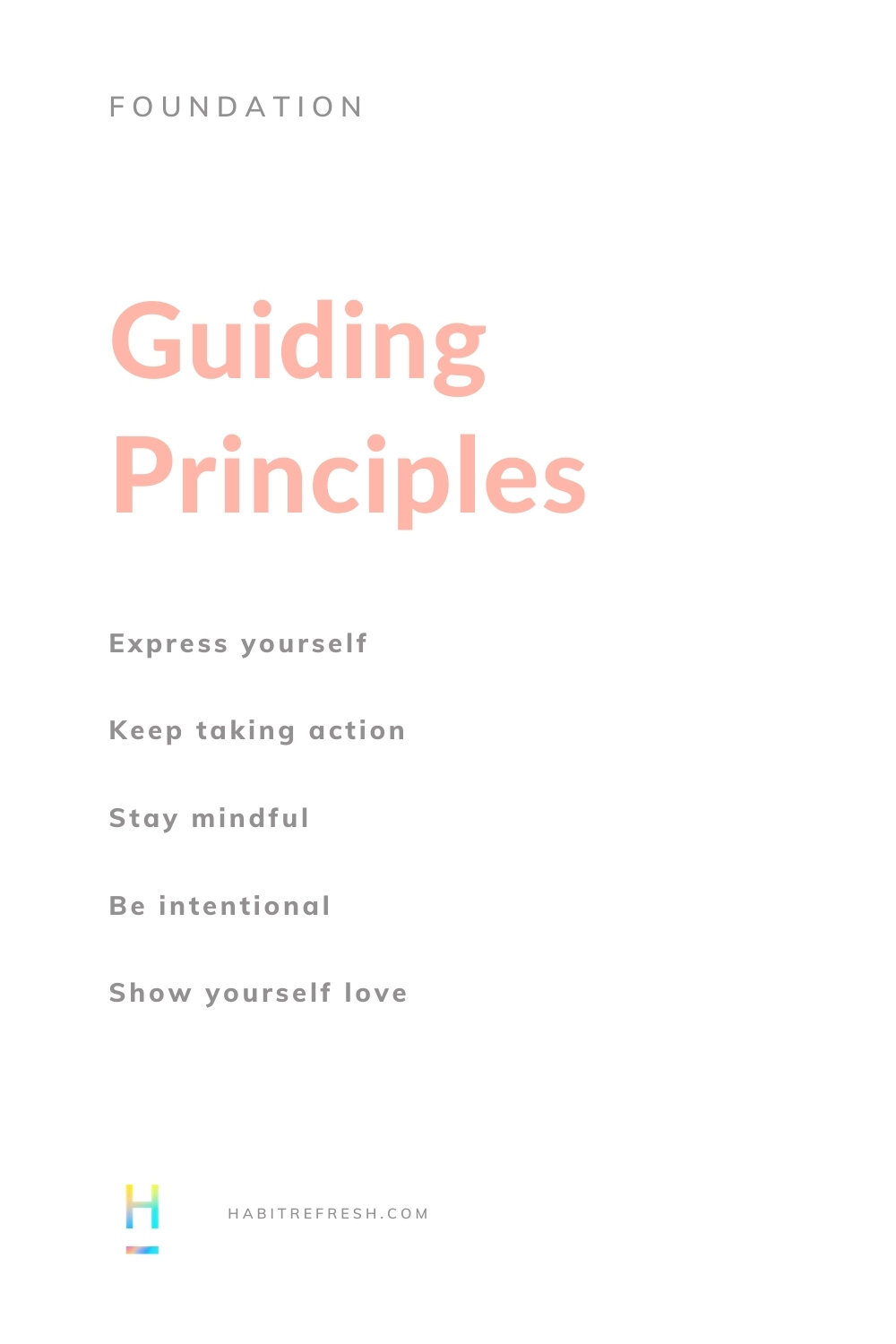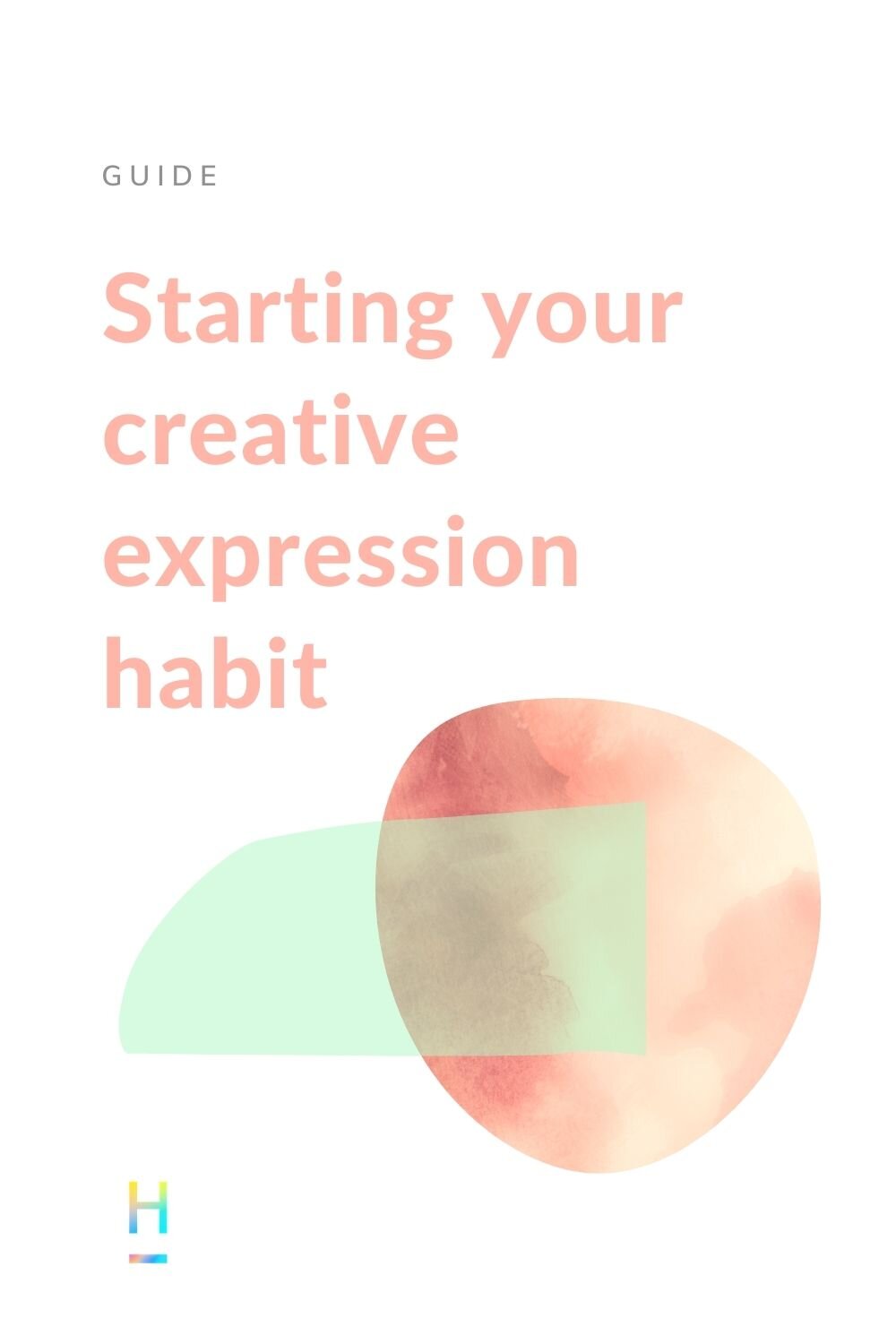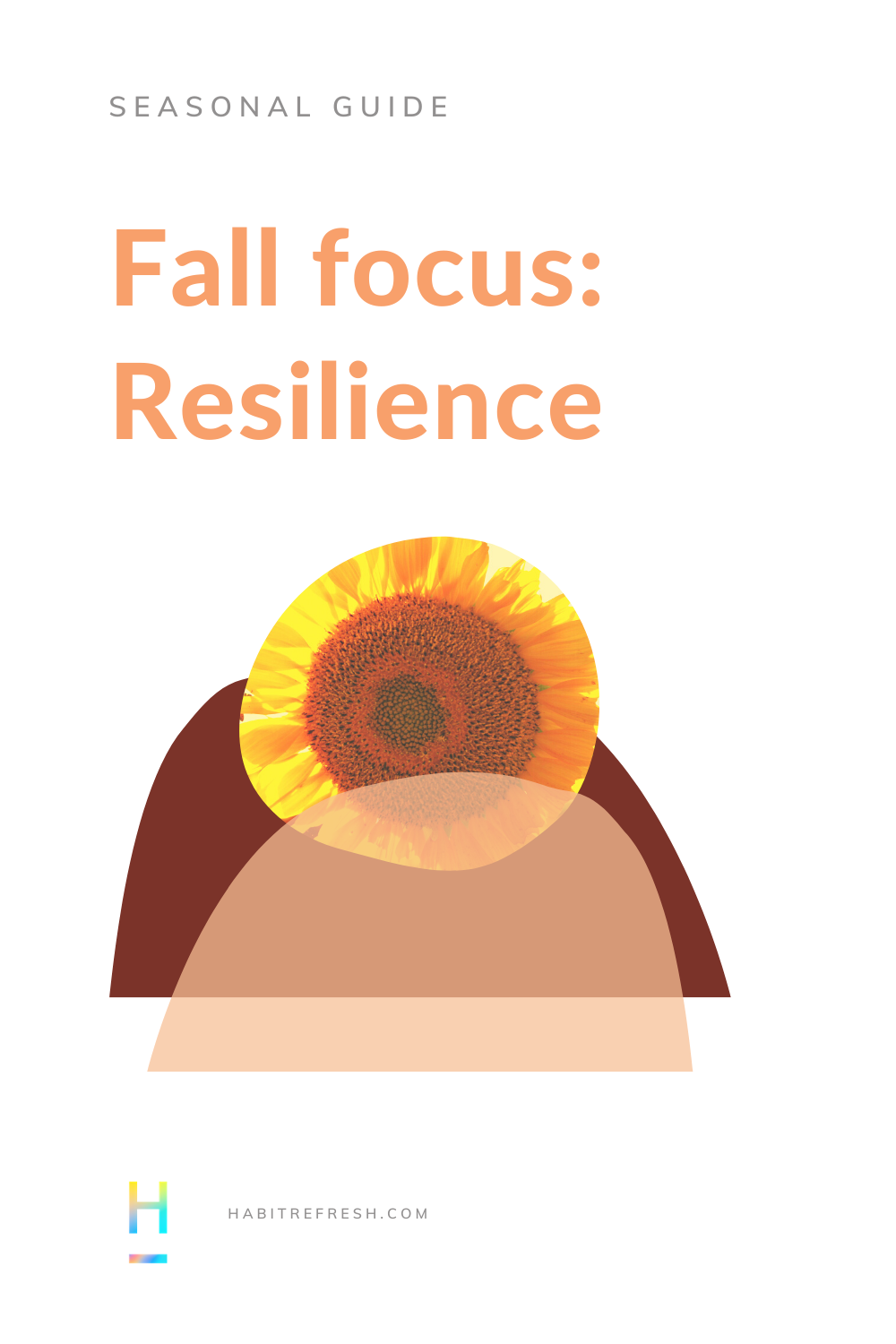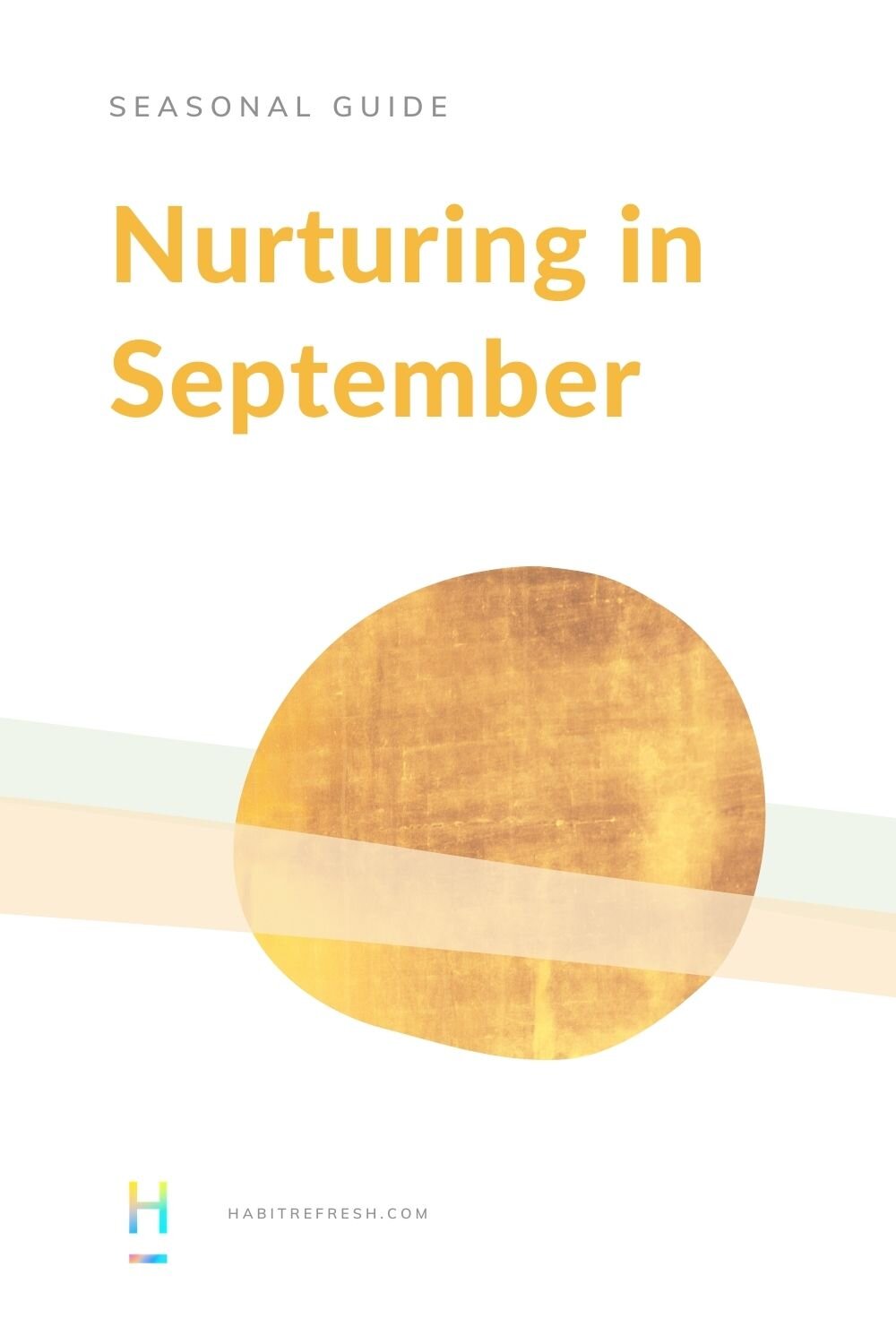I’ve found myself avoiding resolutions this new year. They feel so separate from the actualities of daily life and just plain not fun. Instead, I’m focusing on creating moments that are enjoyable to replicate. I’m intentionally inserting joy in the form of rituals.
The beauty of a ritual is that it’s positive, unlike resolutions that often involve planned deprivation.
Your resolution to ritual formula
It’s easy to build rituals from your well-intentioned resolutions. It involves reframing and a little magic from creative thinking. Just follow the steps below:
Write down your resolution.
Write down one or two of your key positive motivations behind it.
Brainstorm a few activities linked to these core motivations that you would enjoy. Add a dash of ambiance and intentionality while you’re at it. This package will form the foundation of your ritual.
Link the ritual’s occurrence to something you already do regularly, like getting off work or walking your dog.
Now you’re ready to drop the resolution and replace it with your ritual.
Recipes for rituals
Here are some examples of swaps for some of the most common New Year’s resolutions.
Resolution: “Lose weight”
Key motivation: Health + Mindful eating
Ritual: At dinnertime, light a candle. Serve healthy whole foods on your favorite plate with cloth napkins. Take a moment of appreciation for your food. Set a timer for 20 minutes and slowly enjoy your meal without rushing. Finish your ritual meal with your favorite tea.
Resolution: “Exercise more”
Key motivation: Ease with your body
Ritual: Every Friday after work, put on your most comfortable outdoor play clothes. Go to your most treasured hike or greenspace. Walk to a resting spot that you enjoy and sit there a moment, taking in all that nature has to offer. Take off your shoes and ground yourself. Write in a pocket-sized journal about what fills up your heart about this place. Do some easy, simple stretches that feel good and head back home.
Resolution: “Get organized”
Key motivation: Peace through order
Ritual: Every Sunday morning after breakfast, take a photo of a small area that you would like to declutter. Using a basket made of a natural material, carefully remove each item that doesn’t belong there into the basket. Set a timer for 10-20 minutes. Gently put each thing away with care, and as you do so, feel gratitude for each hardworking item. Take your after photo and then grab a cup of your favorite warm drink and admire the freshly cleared space.
Include others
Resolution: “Reach out more to family and friends”
Key motivation: Love + Community
Ritual: Every Thursday evening, after responding to your last work message, light a candle, grab a cup of your favorite tea, and head to your favorite cozy spot. Bring your hands to your heart for a minute as you think of a person you’d like to reach. Contact them in a way that brings you joy (call, create a postcard, or write a letter). Share one thing that you appreciate about them. In a beautiful small notebook, write the name of who you want to call next week. Blow out your candle as you silently say “Thank you” for having people you love in your life.
Resolution: “Go to bed early on Sunday”
Key motivation: Soothe Sunday scaries + Rest
Ritual: Pajama party time! Each Sunday before dinner, invite everyone in your house to get ready for bed dressed in their favorite pajamas. After dinner, relax in your living room by firelight, play a game, or do tarot. When anyone feels the slightest bit tired, head straight to bed.
(We’ve had success in our house with this last one).
There is a sort of magic that rituals cast our state of mind. Join me in trying out new habits for a more joyful transformation.
Embrace the beauty of this new year 💖
